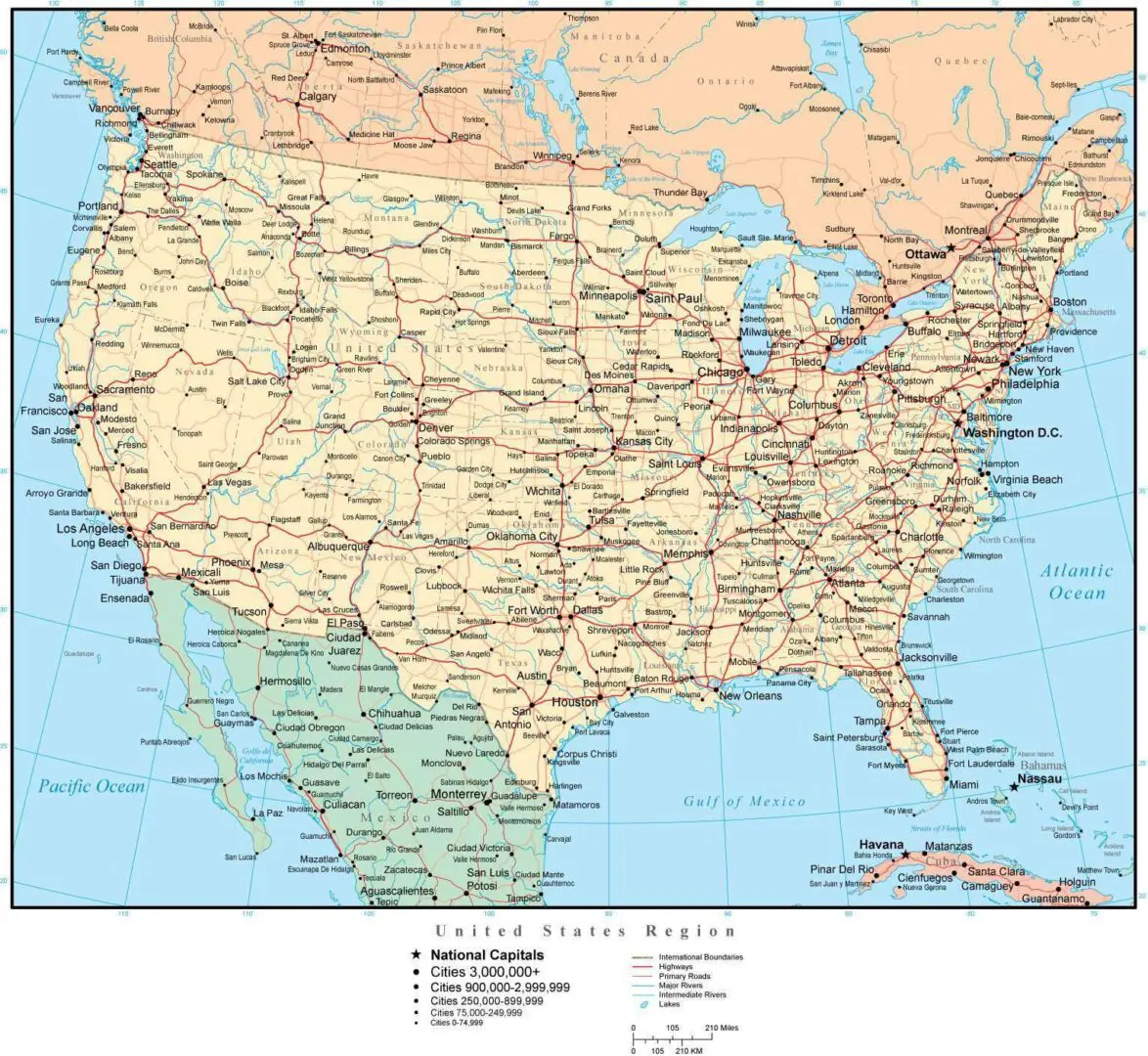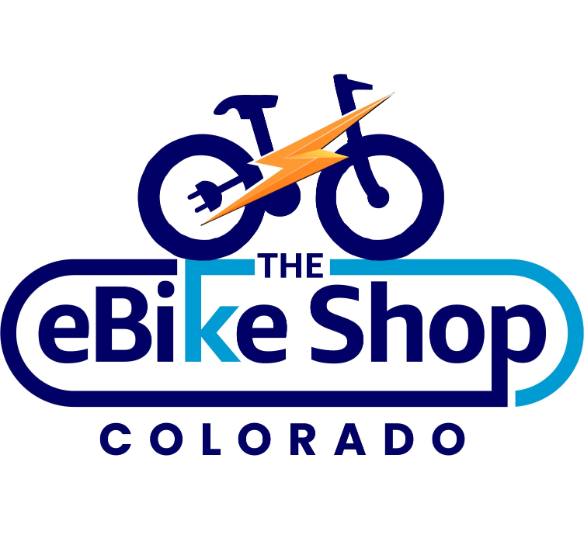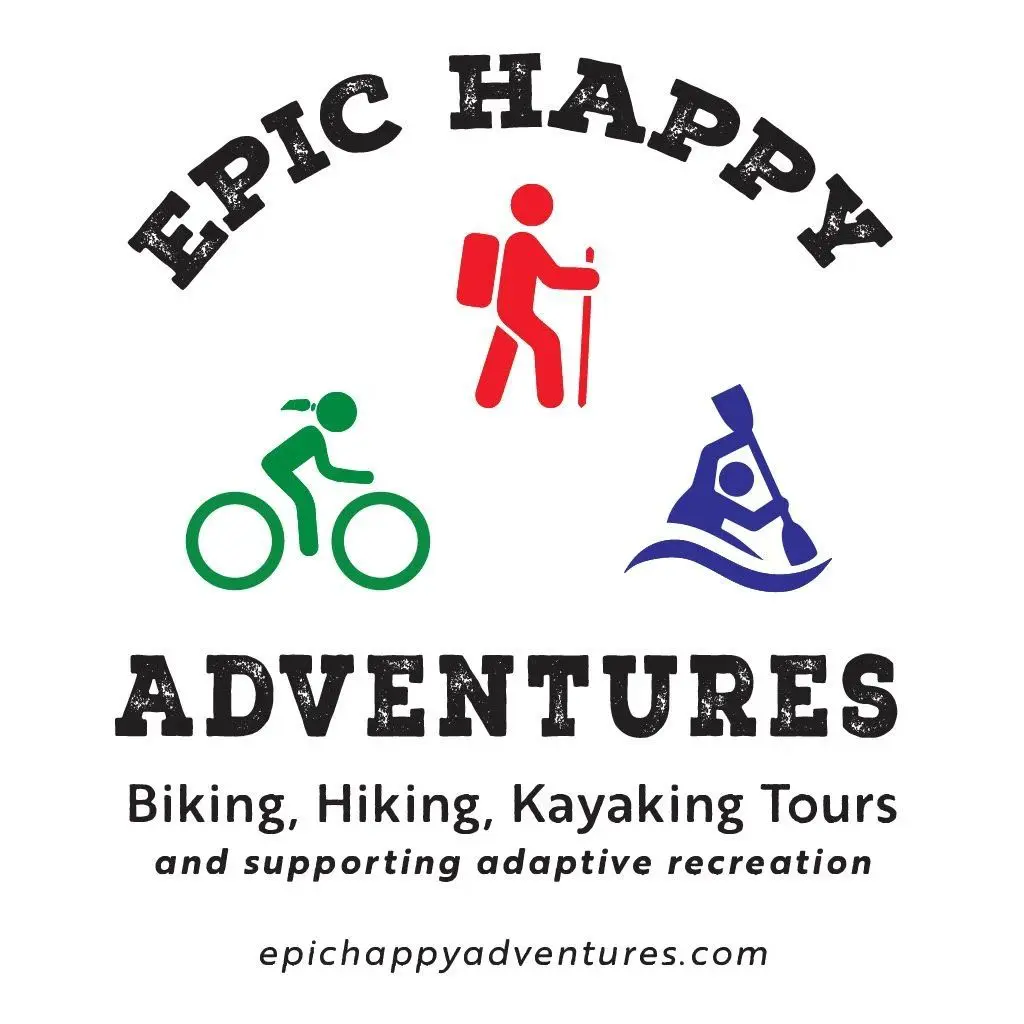
Why E-Bike Road Trips Are the Best – 5 Great USA Rides
E-bikes are like the cheat code for epic road trips. They give you a boost to cover more ground without feeling like you just ran a marathon. Whether you’re vibing with coastal breezes, mountain views, or desert sunsets, these routes let you explore at your own pace. Plus, you can pack light, stop for a coffee, and still have energy to explore cute towns at the end of the day. The key? Plan your charging stops and lodging like a pro. Let’s dive into some killer routes and how to make ‘em happen.
Pacific Coast Highway: Monterey to Santa Monica, California
The Vibe: Ocean waves, seaside cliffs, and that California cool. This 400-ish-mile stretch of Highway 1 is a bucket-list ride with postcard-worthy views around every bend.
Route Snapshot:
- Start: Monterey, CA (think sea otters and Cannery Row)
- End: Santa Monica, CA (hello, iconic pier)
- Distance: ~400 miles
- Duration: 5–7 days
- Terrain: Paved roads, some rolling hills, bike lanes in most areas
Charging Logistics:
- Urban Hubs: Monterey, Santa Cruz, and Santa Barbara have bike shops like Pedego with charging stations. Call ahead to confirm availability.
- Campgrounds: Many coastal campgrounds (like Big Sur’s Pfeiffer State Park) have RV hookups or nearby cafes where you can plug in while grabbing a snack.
- Pro Tip: Carry a portable charger for emergencies and use apps like PlugShare to find public stations. Most e-bikes need 3–5 hours for a full charge, so plan stops around lunch or sightseeing.
Lodging Vibes:
- Budget: Campgrounds like Morro Bay State Park or El Capitan State Beach are e-bike-friendly and have epic views.
- Mid-Range: Motels in Pismo Beach or Cambria are affordable and often have secure bike storage.
- Splurge: Treat yourself to a night at a boutique hotel like Post Ranch Inn in Big Sur for luxe vibes.
- Booking Tip: Reserve campsites or hotels early, especially in summer. Check for bike-friendly spots on sites like Hipcamp or Adventure Cycling’s lodging map.
Map It: Use RideWithGPS or Komoot to plot your route. Both apps show elevation and bike-friendly paths. Start with Monterey to Morro Bay (Day 1–2), then Morro Bay to Santa Barbara (Day 3–4), and finish in Santa Monica (Day 5–7).
Why It’s Epic: You’ll cruise past Monterey’s 17-Mile Drive, Big Sur’s rugged cliffs, and Malibu’s beaches. Stop for fish tacos, snap pics of McWay Falls, and feel the ocean breeze. It’s chill yet unforgettable.
The Great Allegheny Passage: Pittsburgh, PA to Cumberland, MD
The Vibe: A car-free, mostly flat rail-trail through forests, rivers, and charming small towns. Perfect for e-bikers who want a relaxed multi-day adventure.
Route Snapshot:
- Start: Pittsburgh, PA
- End: Cumberland, MD (connects to C&O Canal Towpath if you’re feeling extra)
- Distance: ~150 miles
- Duration: 3–5 days
- Terrain: Crushed limestone, smooth and e-bike-friendly
Charging Logistics:
- Trail Towns: Ohiopyle, Confluence, and Frostburg have bike shops or cafes with outlets. Locals are super friendly—ask to plug in while you sip coffee.
- B&Bs: Many inns along the trail (like in Meyersdale) offer charging stations for e-bikes.
- Pro Tip: Carry a spare battery if your e-bike’s range is under 50 miles. The trail’s flat, so you’ll use less juice, but charging every night is smart.
Lodging Vibes:
- Budget: Camp at Youghiogheny River Lake or trail-side sites like Husky Haven.
- Mid-Range: B&Bs like The Levi Deal Mansion in Meyersdale are cozy and bike friendly.
- Splurge: Stay at the historic Inn at Lenora’s in Cumberland for old-school charm.
- Booking Tip: Check trail websites like gaptrail.org for lodging lists. Book ahead for peak fall foliage season.
Map It: The GAP has a detailed map on gaptrail.org, and RideWithGPS has user-uploaded routes. Aim for 30–50 miles per day: Pittsburgh to Ohiopyle (Day 1), Ohiopyle to Meyersdale (Day 2), Meyersdale to Cumberland (Day 3).
Why It’s Epic: No cars, just nature and history. You’ll roll through tunnels, cross the Mason-Dixon Line, and maybe spot a bald eagle. Stop in Ohiopyle for a craft beer or whitewater rafting.
Southern Tier: San Diego, CA to St. Augustine, FL
The Vibe: The ultimate cross-country quest. This 3,000-mile route is for e-bikers ready to go big, with deserts, mountains, and southern charm.
Route Snapshot:
- Start: San Diego, CA
- End: St. Augustine, FL
- Distance: ~3,000 miles
- Duration: 6–10 weeks
- Terrain: Mix of paved roads, bike paths, and some gravel
Charging Logistics:
- Key Stops: Cities like Phoenix, El Paso, Austin, and New Orleans have bike shops and public charging stations. Rural areas are trickier—plan for motels or RV parks.
- Truck Stops: In remote stretches (like West Texas), truck stops often have outlets. Be polite and buy a soda while you charge.
- Pro Tip: Invest in a high-capacity battery (500–750 Wh) for 60–100 mile ranges. Apps like ChargePoint can help find stations, but call ahead in rural areas.
Lodging Vibes:
- Budget: Campgrounds like Van Horn RV Park (TX) or state parks in Louisiana are cheap and often have power.
- Mid-Range: Motels in small towns like Del Rio, TX, or Mobile, AL, are e-bike-friendly and budget-conscious.
- Splurge: Book a night at a historic hotel like The Roosevelt in New Orleans for a mid-trip treat.
- Booking Tip: Use Adventure Cycling’s Southern Tier map set for lodging recs. Warmshowers.org connects you with cyclists offering free stays.
Map It: Adventure Cycling’s Southern Tier map (adventurecycling.org) is gold. Break it into 50–80-mile days, with rest days in cities like Tucson, San Antonio, or Pensacola. RideWithGPS can sync the route for GPS navigation.
Why It’s Epic: You’ll cross deserts, climb the Rockies, and dip your tires in two oceans. It’s a life-changing journey with BBQ, Cajun food, and epic sunrises. One e-biker raised $180,000 for charity on this route—talk about inspiring
Glacier-Waterton Loop: Montana to Alberta, Canada
The Vibe: Mountain majesty at its finest. This loop through Glacier National Park and Waterton Lakes is all about alpine views, wildlife, and crisp air.
Route Snapshot:
- Start/End: Whitefish, MT
- Distance: ~200 miles
- Duration: 4–6 days
- Terrain: Paved roads, some climbs (e-bikes make ‘em a breeze)
Charging Logistics:
- Towns: Whitefish, Columbia Falls, and Cardston (Alberta) have bike shops or hotels with charging.
- Parks: Some park lodges (like Prince of Wales Hotel) let you charge if you’re a guest. Ask nicely at visitor centers.
- Pro Tip: Going-to-the-Sun Road has limited charging, so start each day with a full battery. A 625Wh battery (like on a Riese & Müller) handles 50-mile days easily.
Lodging Vibes:
- Budget: Camp at Apgar or Fish Creek in Glacier National Park.
- Mid-Range: Cabins in West Glacier or St. Mary are rustic and cozy.
- Splurge: Stay at the Prince of Wales Hotel in Waterton for unreal lake views.
- Booking Tip: Park lodging books up fast—reserve 6–12 months out at nps.gov/glac
Map It: Adventure Cycling’s Glacier-Waterton Loop map is your go-to. Plot Whitefish to St. Mary (Day 1–2), St. Mary to Waterton (Day 3), and Waterton back to Whitefish (Day 4–6). Komoot has offline navigation for spotty cell service.
Why It’s Epic: Going-to-the-Sun Road is a marvel—think snow-capped peaks and turquoise lakes. You might see a grizzly (from a safe distance). Cross into Canada for a two-country adventure.
Logistics 101: Making Your E-Bike Trip Smooth
Charging Hacks:
- Battery Range: Most e-bikes get 40–100 miles per charge, depending on terrain, weight, and assist level. Stick to low assist on flats to stretch it.
- Plan Stops: Use PlugShare or ChargePoint to find stations. Cafes, libraries, and motels are great for midday top-offs.
- Backup Power: A spare battery or solar charger is clutch for remote routes like the Southern Tier.
Lodging Tips:
- Bike-Friendly Spots: Look for “bicycle-friendly” hotels on platforms like Booking.com or Warmshowers.org.
- Secure Storage: Ask for bike storage or bring a sturdy lock. E-bikes are pricey keep ‘em safe.
- Book Early: Popular routes (like the Pacific Coast) fill up fast in summer or fall.
Gear Essentials:
- Panniers for clothes and snacks
- Helmet, lights, and reflective vest for safety
- Multi-tool and spare tube (even e-bikes get flats)
- GPS app (RideWithGPS, Komoot, or Strava) for navigation
Training Vibes: You don’t need to be a pro, but practice 20–30-mile rides with your gear a few months out. Test your setup in rain or hills to avoid surprises. One e-biker trained 18 months for a cross-country trip—start small and build up
Final Thoughts: Hit the Road, Jack!
E-bike road trips are all about freedom, fun, and soaking in the journey. Whether you’re cruising the Pacific Coast, vibing on the GAP, or going full send on the Southern Tier, there’s a route for every vibe. Plan your charging and lodging, pack your sense of adventure, and let your e-bike take you somewhere epic. Got a favorite route or tip? Drop it in the comments—I’d love to hear your stories!
Happy riding

